Lens MS Zenitar 16 / 2.8 "Fisheye" also has a name MC Zenitar 2.8 / 16 Fish-Eye. My instance is modified for Nikon mount and is called Zenitar-n... Most likely this name is due to the fact that the "H" mount is the same as the "F" mount (Nikon). The "H" type bayonet was used by cameras Kiev-17, 18, 19, etc. The lens is currently produced for Canon (with an adapter ring), Nikon (with a native mount), Sony (with an adapter ring) and Pentax (with native bayonet). Be careful that when choosing on your system you take exactly the right lens or lens + adapter.
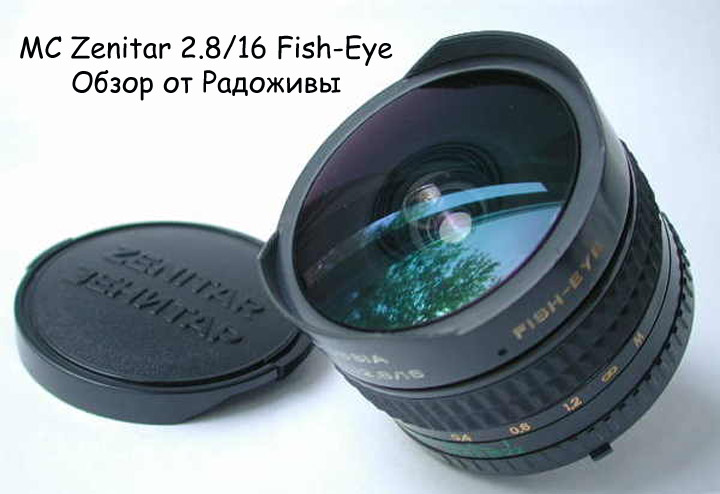
View Zenitar-N 16 / 2.8
As the name implies, this is a lens of class "Fish eye". In everyday life, just fishy (from the English fish - fish, eye - eye), or more seriously: a short-focus ultra-wide-angle lens. Zenitar-N refers to diagonal fisheye lenses, which means that it will give a large 180-degree angle of view only along the diagonal of the frame and only on the full frame.
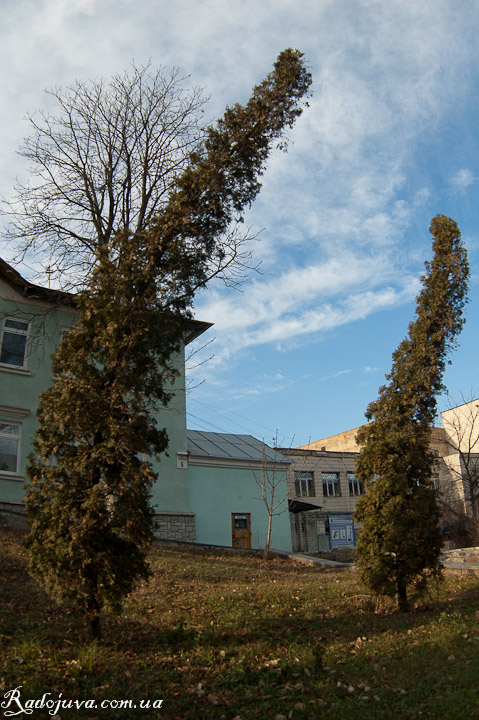
Sample photo on Zenitar-N 16 / 2.8
First impression: The lens is quite small, very well assembled. The caption draws attention Made in Russia, since the lens is still produced in Russia at the Krasnogorsk plant (Zenith). There is a characteristic emblem of this plant on the lens. Further, an unusual front cap and an amazing curved front lens attracts you.
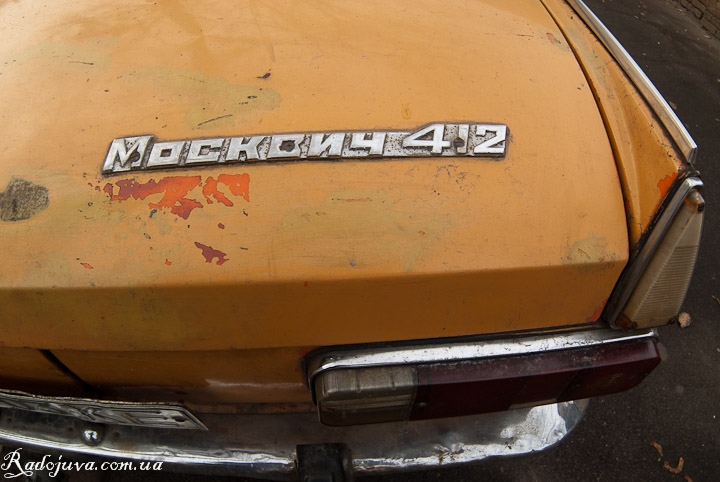
Sample photo on Zenitar-N 16 / 2.8
Important points in MC Zenitar 16 / 2.8:
1. 16mm wide angle. On film cameras under 35mm film, the lens will give a viewing angle of 180 degrees diagonally. But on the cropped matrix, for example on my Nikon D200and D40, the viewing angle will be equivalent to 24mm in full frame. And 24mm is already an ordinary wide-angle lens. For example, if you have a lens of type 18-55 or any other, starting with 18mm, then in comparison with the Zenitar-N it will give a slightly narrower angle (the field of view is slightly wider). The only major difference is the characteristic distortion of perspective that Zenitar gives.
2. Perspective Distortion. The lens has a strong barrel distortion, which in this case is not a problem, but a chip. The picture takes an unusual look, the lines around the edge of the frame bend very much, opening up a flight for the photographer for compositions and interesting ideas. I know for myself that I really wanted to play with such a lens before, but when it falls into your hands, coming up with a good composition with barrel-shaped distortion is not so simple.
3. Big aperture. F / 2.8 already decent aperture. Moreover, the lens is quite sharp already with a fully open aperture.
4. The lens is very compact, lightweight and durable. In the best traditions of Soviet optics - glass and iron.
5. The lens is manual, which means that no matter what cool Nikon camera you would hook Zenitar-N, it will not have auto focus. You have to focus manually, it’s not at all difficult using a wide-angle lens. On Nikon cameras, a green dot in the lower left corner of the viewfinder will serve as confirmation of a successful focus.
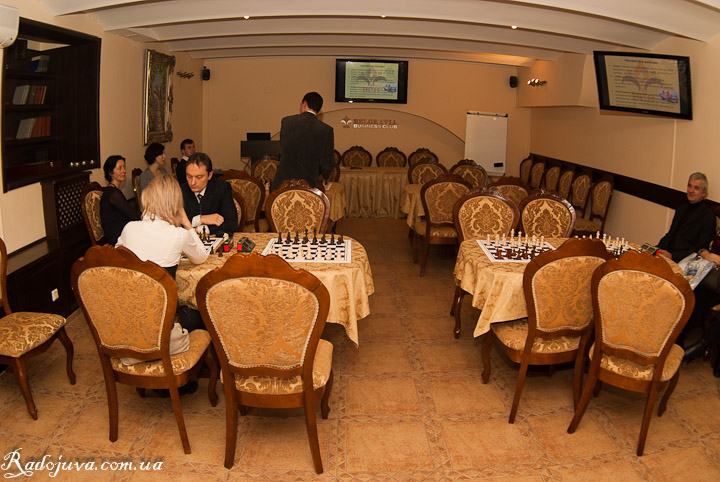
Photo by Zenitar-N 16 2.8
6. The lens does not have communication chips with the camera, and therefore exposure metering will only work on older Nikon cameras, such as Nikon D200, D300(s) D7000, D2 (x, h, s) and all full-frames. And this means that on cameras by type Nikon D40, D90 etc. You can only take pictures in M mode (manual camera control mode). This is not always convenient. In more detail about any measurements and compatibility read in my article Soviet optics.
7. The lens is present jumping diaphragm. This means that you can focus on focus with the aperture fully open, and take a picture at the value that is set on the aperture control ring. It is very convenient and allows you to control the diaphragm. If it’s not clear about the jumping aperture, then I’ll briefly say that everything will work just like with the Nikon’s native lens.
8. The lens does not support the use of protective and gradient filters. There is simply nowhere to screw protective filter, and even the front lens has a bulge.

Photo on Zenitar-N fish eye 16mm F2.8
9. The lens has a tricky mechanism for using photo filters, they cannot be mounted in front of the front lens, but they are attached to the rear of the lens. 3 light filters included. The only thing is that you have to remove the lens from the camera before installing or replacing the filter. This is a rather rare phenomenon, although this has its advantages, the size of the filters is very small, and accordingly it makes their manufacture cheaper. When no color light filters are on the lens, a compensating transparent filter should be on the lens. True, getting additional filters for the Zenithar-N thread will be quite problematic.
10. The lens has a wonderful depth of field and aperture control scale. Moreover, the depth of field of the lens is simply gorgeous, already with a completely open aperture, the depth of field is very large.
11. The lens Suitable for Nikon full-frame cameras. True, people who have Nikon D700 or D3(x, s), most likely they can afford to use their native autofocus lenses.
12. When focusing, the front lens unit extends slightly forward, about half a centimeter.
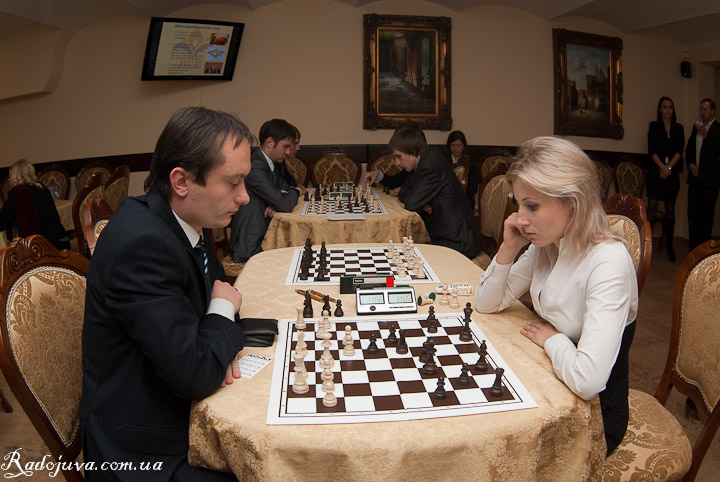
Photo by Zenitar-N 16 2.8
Personal impressions: focusing on the lens is pretty simple, basically my lens is in focus position at infinity. You need to twist the focuser only if the focusing object is closer than 1.5 meters. And the depth of field of the lens is simply gorgeous. The only thing I expected from him was to see a wider angle on the crop, but 16mm is 16mm. I shot them chess tournament indoors, at hand was the universal Tamron 17-50 2.8, both lenses gave almost the same wide viewing angle at the short end, the only thing was that the fisheye sometimes got an interesting picture.
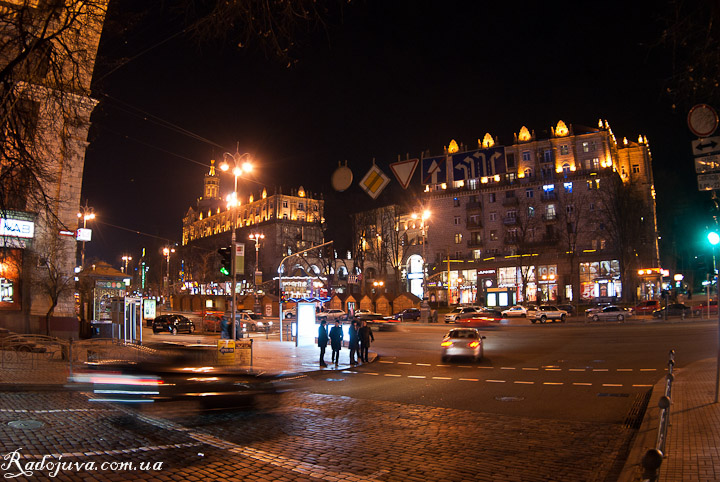
Photo by Zenitar N 16 2.8
Attention: This is not an old lens, it is still available today and is popular with photographers and videographers. I have often seen Zenitar 2,8 / 16 on modern cameras, and my colleague shoots video on them Canon 60D. If you need more information on various kinds of compatibility and subtle issues, there is a site on which many issues related to Zenitar-N http://www.mc-zenitar.ru. Please note that on a cropped camera, the lens will not give super wide angle and super distortion, for this you need to use special fisheye for cropped cameras, or fisheye with an even smaller focal length.
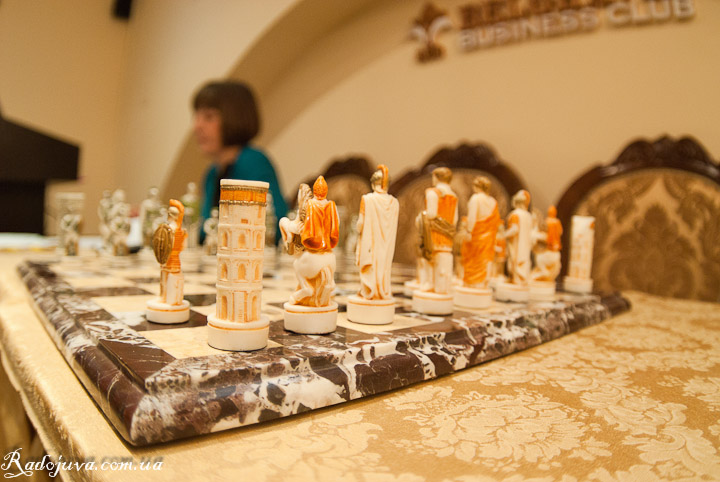
Photo by Zenitar N 16 2.8
About the picture: everything is simple - the picture is interesting, there is sharpness even at 2.8, if you close it to 5.6, then the sharpness becomes just fabulous. HA persist at almost all diaphragms. The distortion is the strongest - that's why he is a fish. The contrast is excellent. The lens tolerates back and side light well and catches hares a little. Corner sharpness practically does not fall on my cropped matrix. Vignetting is also not noticeable. But in order to fully reveal the potential of Zenitar-N, it must be used on a full frame, for the Nikon system these are film cameras or full-frame Nikon D700, D3(x, s).
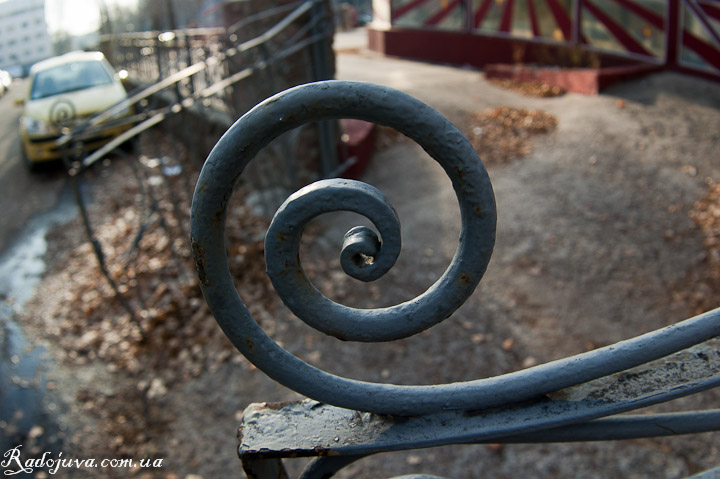
Photo on Zenitar N 16 2.8 and a cropped camera
Sample photos on Zenitar-N: (RAW -> JPEG, 1600 * 1200 + watermark without processing)
UPDATED
Examples of photos on MC ZENITAR-N 2,8 / 16 FISH-EYE and camera Nikon D600 a photographer shared with readers of Radozhiva Alexander Plekhanov.
Catalog modern brand lenses 'Zenitar' и 'Helios' can look at this link.
Comments on this post do not require registration. Anyone can leave a comment. Many different photographic equipment can be found on AliExpress.
Conclusions: A very interesting Soviet manual lens. Perfect for people who need a wide angle, as well as for photo experiments with an interesting "curved" picture, which gives a fisheye. Personally, I will add that you really have to learn how to use the lens before making masterpieces.
Material prepared Arkady Shapoval. Training/Consultations | Youtube | Facebook | Instagram | Twitter | Telegram

















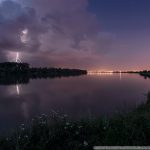
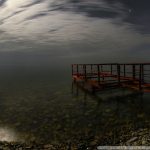
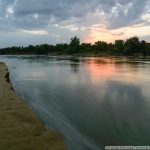
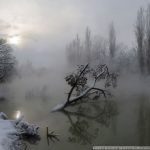
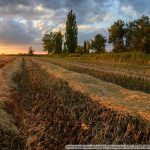

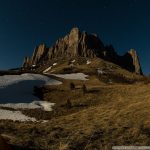

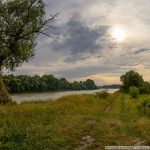
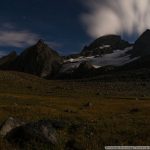

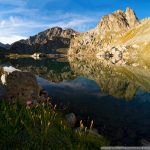
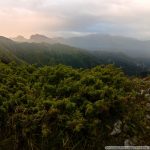


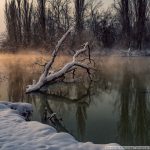


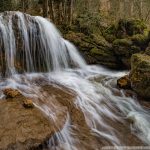
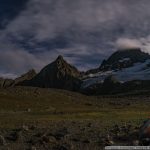


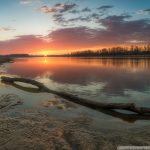
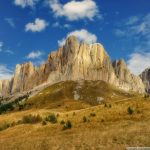

maybe Samyang 8mm f / 3.5 AS IF MC
Will the Fish-eye CS AE Nikon F be better on the nikon d3100?
Yes, it will be better, since the angle will be wider and the chip is already standing.
and than Samyang 8mm f / 3.5 AS IF
UMC Fish-eye CS II AE Nikon F differs from Samyang 8mm f / 3.5 AS IF MC
Fish-eye CSAE Nikon F ??
The second generation is slightly better. In fact, I have not used different modifications, so I cannot say.
how wonderful it would be to see a comparison of this lens with a whale lens on a crop ...
I support the wish of Ivan Avesti! From the article it is clear that there will be practically no difference in the viewing angle, the question is about distortions and their applicability to achieve different artistic effects. Probably worth a look on the net for examples of photographs.
Arkady, thanks for the review!
So I have a question: is it better to buy Zenitar 16 / 2.8 “Fisheye” or is there a better analogue?
There are native lenses for Nikon \ Canon systems
Hello! Tell me, on the Nikon D3100 it will be possible to photograph normally, or also only in M mode? And then I'm going to buy it for a girl as a gift, suddenly something is not right, otherwise I'm full of oak in this :)
Only in mode M.
And how is it, in general, a very big trick for an amateur photographer?
In general, a little work is worth it.
And if so, is there any other acceptable fish in the region of 6 thousand?
In the area of 6000 UAH there is a wonderful native Nikkor 10.5mm f / 2.8G
Are there examples of photos on a cropped matrix? It's interesting to take a look))
In this review, most of the photos were shot on a Nikon DX crop factor camera.
Hello Arkady!
Maybe a little off topic, but - what can you say about “MS Zenitar-M 2/50”? An interesting option for a non-motorized Nikon?
They are being produced now, and the price is good.
??
With such a lens there will be no infinity when used on Nikon SLR cameras, better Helios-81N.
Arkady, which is better to use on the Nikon D5100: this lens or Peleng 8mm f3.5 Fisheye for NIKON? (the price is the same and is 1200 UAH)
Hello. At the moment I have a Canon 550D camera, I will soon go on vacation, I need a lens for shooting attractions, and of course the family. What advise?
It's time to update the review, add a photo in full frame
Arkady, tell me, like all owners of crop (Nikon 3100) faced with the problem of the lack of inexpensive wide-angle for crop. I look towards this lens, but doubts gnaw. Will it be different from my whale? Not taking into account the characteristic distortion. I'm interested in a corner. Will a few millimeters play a role? And can we say that a picture from this glass is better than from a whale?
18-70 is inexpensive and good. Zenitar 16 / 2,8 is a fisheye lens.
Used Zenitar 16mm on Ken 20d. Liked. Sharp, contrast. A few edits in the shop and that's it. Then for some reason I sold it. I don't know why. Now I want to take it back, the benefit lies with the person lying down. The lens is good and, in principle, very convenient, you put it on a distance scale of 1,2 or a little bit more, you clamp the hole to 8 and that's it, the photos are sharp from the arm's length to ... As for the protective filter, I figured out how to get out of the situation. a ring about two centimeters wide (so that it fits tightly on the hood), you glue an empty ring from the light filter into the ring, paint it with matte black paint, give it a day to dry, put it on the hood, after having smeared it from the inside with a transparent sealant and that's it! Then you can attach the UV filter. The appearance does not spoil at all. No needlework is observed and most importantly, the front lens is always in order.
Hello! I have a sony A850. Why the nipper with a chip does not contact. We have to turn the lens then left and right to catch the concat. Without a chip, the hawker works fine. Maybe the problem is in the camera itself, or from Sony there is some trick.
Chips are usually made in China, their quality is low, and often they are simply incorrectly glued to the lens.
Hello, I want to buy this lens, tell me if it is suitable for Nikon d3100 ?? Focus will be manual as I understand it? and could you advise a not-too-expensive wide-angle lens for this camera? Thank you in advance)
Hello!!!! I have a question for you. On sites, this lens is sold with different chips (Zenitar M42 + adapter M42 / Canon EOS with a chip) and (Zenitar M42 + adapter M42 / Canon EOS with a chip programmable) I want to shoot video. Do I need a chip? If you need which chip to choose? Thanks!!!
Thanks for the site, thanks to your reviews I picked up a camera and several lenses!
Who has friends or relatives in Russia, the online store of the manufacturer’s factory http://www.shop.zenit-foto.ru/ob-ektivy.
Hi everyone, I got a zenitar of 16 mm. Fish on Nikon 3100 works on M, I must say the lens is just so fierce, I really liked the weighty one, but there is one thing, but it is also not completely fixed in the bayonet, who knows what to grind there, could you send me a photo ?
I had it. Gently filed the groove under the bayonet lock.
I wasted a boron machine, but you can also use a file carefully. There work for 2 minutes. You need to grind a couple of dozen mm.
And where to bore it? - in depth? or wide?
0.05mm towards the red dot
Yesterday I became the owner of this wonderful thing. I use on Canon 5DII. The picture is excellent, it's worth its money, I advise everyone to FF.
A couple of features. On the M42 there are adapters with a side and without a side.
I have an adapter without a rim and does not grab the jump rope, so the diaphragm is not clamped. I thought it was a problem, I read it on the internet, it turns out that the jump rope is fixed if you press it a little harder, with a ballpoint pen. I pressed a little harder ... in general, the jump rope fell through and fell into the lens. Well, I think now it's definitely a disaster, I took off the rear bayonet cover, everything turned out to be so easy and simple, I returned it back. So, advice to those who have an adapter ring without a rim (does not clamp the jump rope) - press the jump rope more carefully :) or take an adapter with a rim.
And again, my adapter puts the lens a little diagonally, so the thread for the lens hood (in the form of two bulges) is not on the top and bottom (as it should), but on the diagonal, due to which darkening appears in the corners of the photo. To fix this, on the front of the lens you need to loosen 3 screws to turn the front ring to the desired state and fix them.
I was looking for this lens in various online stores - not on sale for NIKON, but only for M-42 thread. Question to Arkady: what kind of adapter is desirable in order to preserve infinity?
Buy in the manufacturer’s online store http://www.shop.zenit-foto.ru/ob-ektivy
Arkady, do I understand correctly that the distortion in 8 mm lenses will be greater than in 16, and therefore it is better to have a circular fisheye and crop the frame for the full matrix for the sake of large distortions?
Or are there any other pitfalls, for example with sharpness, etc.?
In particular, I choose between Samyang 8mm and Zenitar 16mm for a full frame.
The Internet shop from the Krasnogorsk plant does not work with Ukraine, because Ukraine is not a member of the customs union. I ordered it in VK (vk.com/ zenitar16). I'm waiting for a parcel from St. Petersburg ...
I have the following problem on Canon 5D markII with this glass - there is no sharpness at infinity. With the light filter on, the mirror touches the lens! And with the filter removed, the sharpness disappears from about three meters. What to do ?
There was exactly the same problem on the second brand. There will be no infinity without a lens. Therefore, he returned the lens to its place, stuck a strip of electrical tape on the bayonet so that the lens did not reach the end (completely worn, less than a millimeter). Now everything works perfectly.
Today a parcel arrived from St. Petersburg, it took 11 days. The lens is cool - I'm starting to master. At 2.8 at ISO 400 and 1/20 in the room (the light from the window - it's cloudy outside) I took off the figurine on the nightstand (like a macro) - sharpness by four. Camera Nikon D5100.
Tell me please! I want to take the fish for nikon F75. How do I understand the lens can only work in M mode and the camera can’t measure the exposure? And if so, how can I make a correctly exposed frame? Use a separate exposure meter? I hope that I I am mistaken